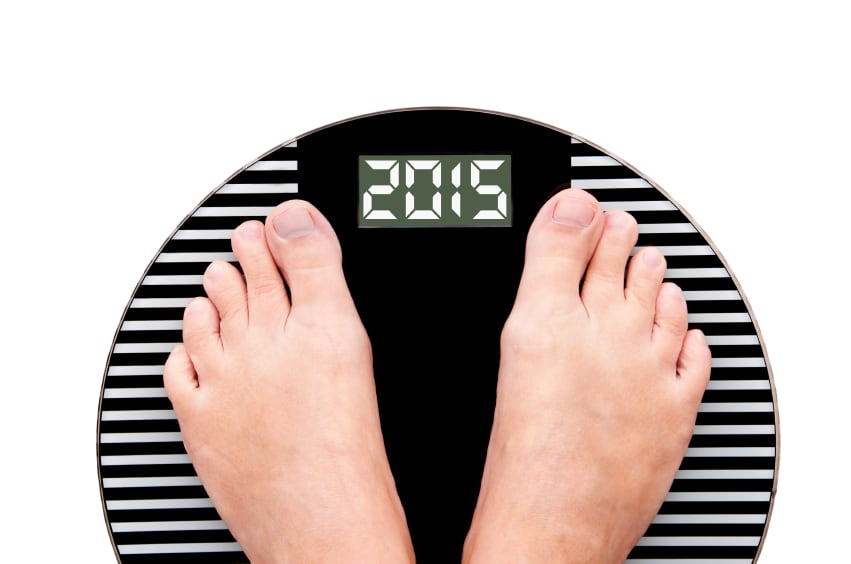According to a survey from UK education charity IGD, 85% of people say they aspire to eat more healthily.
This desire for change was also reflected in data released by Public Health England at London trade show Food Matters Live last week. According to the government agency, nine in 10 people support the government working with the food industry to make food healthier.
There is a growing desire for food makers and regulators to intervene in what and how we eat. According to PHE’s survey, the public perception of obesity is very much that it is a common problem requiring a collective response. Most respondents, 90%, believe that the greatest responsibility for tackling obesity lies with individuals and families. However, significantly 80% also said responsibility lies with the food industry and 72% flagged the obligation of governments to act.
Duncan Selbie, chief executive of Public Health England, called on food makers – and those operating in the out of home space – to accelerate efforts to tackle obesity.
“Customers are saying they want faster progress from the food industry and in particular those business that have taken little or no action,” Selbie said adding that PHE will ‘name and shame’ these businesses next year.
How to deliver change?
If there is a growing sense that government, industry and individuals need to come together to move the needle on obesity rates, there is less consensus on how this should be achieved.
According to Daniel Bernard, director of the Better Buying Lab at the World Resources Institute, three “key factors” influence what consumers buy. “The first is needs and wants,” he explained. “The second key piece is the environment – the media environment, the shopping environment… physical availability. That element is very effective. The third element is social – cultural noise.”
Bernard suggested a “sophisticated range of interventions” are needed to tackle obesity. Nevertheless, with the right tool kit he believes that the industry can lead a horse to water – and get it to drink. “If we can get great products, with great distribution and advertising we will shift [diets] forward.”
Waitrose nutrition manager Moria Howie concurred that a multi-pronged approach to dietary interventions is needed if it is to result in a fundamental shift in dietary behaviour. “Adapting a single approach is unlikely to meet population needs,” she noted.
Howie believes that retailers do have a role to play in dietary intervention. At Waitrose, customers are offered the opportunity to book paid consultations with nutritionists. The company has started training its shop-floor staff in nutrition issues and conducted a sampling drive to support the switch to its Good Health brand. Finally, the retailer is engaging with a third-party health care provider, Bupa, to offer free ‘mini health checks’ in store.
“There are many different ways to reach consumers in the supermarket setting,” Howie suggested.
As part of its education work, IGD recently undertook a study of healthy eating in workplace canteens, reaching a combined total of 19,000 people. The group trialed three interventions across workplaces: calorie labels, healthier ranging and smaller portion sizes.
Jon Woolven, IGD strategy and innovation director, explained that some clear patterns emerged – and some interventions proved effective.
“Diets can be influenced in a consumer friendly wan to reduce calorie intake. We can make a big difference and we can do it through consent rather than compulsion,” he argued.
“We found the biggest impact came from a higher proportion of low calorie options in the range and smaller portions. Calorie labelling didn’t lead to a reduction in calorie intake.”
This would suggest that the food environment has more impact on what we eat than the mindful decisions we make. “We do still support calorie labelling but other interventions are more impactful,” Woolven said. A 10% reduction in portion size, he added, went “almost unnoticed”.
Because the food environment plays such an important role in our dietary decisions, it can be altered to deliver positive health incomes, Bernard suggested.
“One of the things behavioural science has helped us understand is attitudes rarely influence behaviour. What influences behaviour is a set of different things… This gives us a confidence as civil society and industry that we can drive change.”
The question then becomes how quickly this change can be delivered. Woolven believes that a gradual shift is the way forward. “We want to be nudging people in the right direction… [Not in] one great leap but in a series of steps.”
In the short-term, Woolven argued reformulation is the “easiest way to influence change”. Importantly, he insisted, it is also what consumers want. “There is a huge licence from the consumer to reformulate. But with a caveat – they want food to taste as good and remain the same price.”




